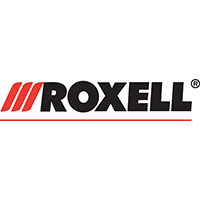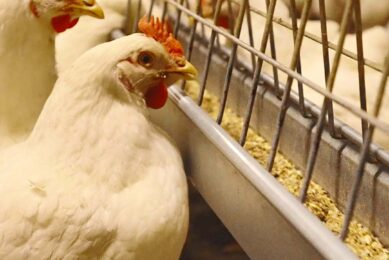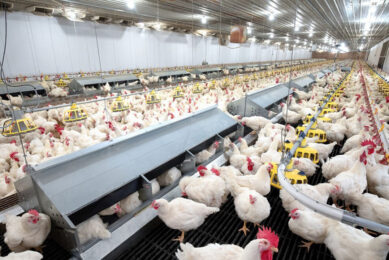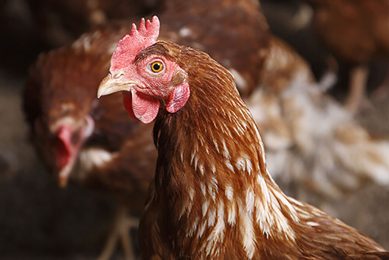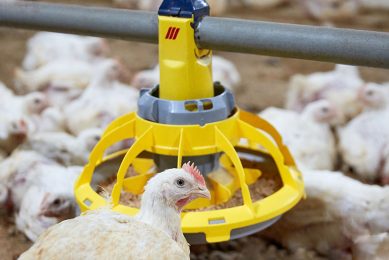Market trends: Slow-growing breeds & the impact on efficiency
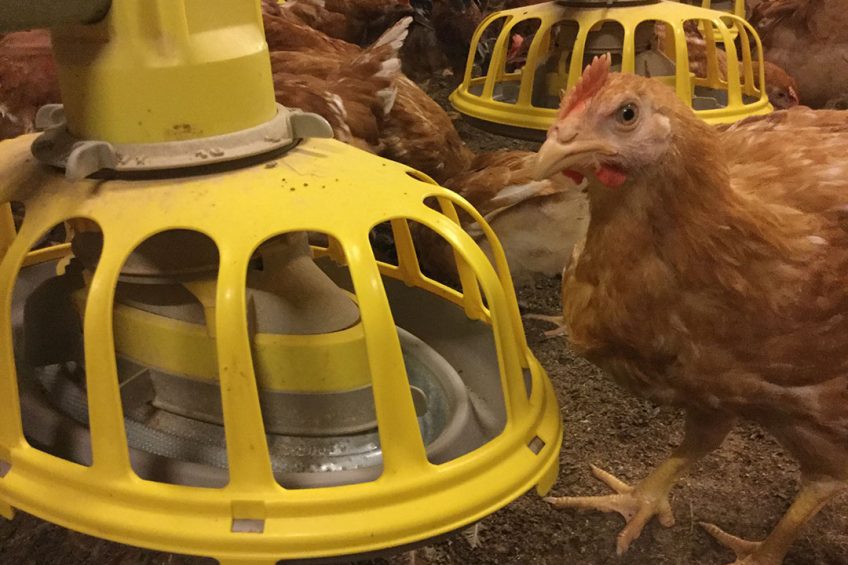
Some poultry companies have switched to slow-growing broilers. What was the reason for this switch and will everyone soon follow suit? Jalal Haddad, Product Manager for broilers at Roxell, analyses the trend and explains the results.
In the United States, roast chicken is experiencing something of a comeback thanks to the premium label Bell & Evans. On the company’s website, an appetising gourmet chicken burger serves as a symbol of the quality of their organic chicken. The family business is targeting a niche with its antibiotic-free meat from the slow-growing Klassenbester breed and is succeeding in capturing a market share.
In the US, the per person consumption of chicken is growing each year. The reason for this is that dual-income households have little time to cook and are therefore opting for chicken rather than beef. This is also the reason behind a rise in the consumption of chicken in regions such as Sub-Saharan Africa. Citizens are moving to urban areas for jobs and eat on-the-go at cafés or prefer meals that are quicker to cook.
These are 2 examples of the changes that will impact the poultry sector in the future. First, the increased demand for quality and sustainability. And second, a growing preference for chicken resulting from changing lifestyles and population growth.
In this article, we discuss the switch to slow-growing chicken breeds and the impact this has. Moving towards alternative breeds has a negative impact on our environmental footprint. So, how can we mitigate this?
Increased demand for quality and sustainability
A growing group of consumers is prepared to spend more on meat from animals that have been kept in better conditions. Sales of meat from free-range and organic chickens are on the rise. The same trend can be seen with free-range and organic eggs. Research shows that the consumption of animal products is continuing to rise, in spite of an increase in the number of vegetarians and vegans in the Western world. The consumer demand is clearly there. However, switching to new product methods is not something to be taken lightly. It requires investments and a well-thought-out business plan.
Companies are implementing changes
For a family business such as Bell & Evans, making changes is relatively easier than for large multinationals like Tyson Foods. This quote from Scott Jr. Sechler – VP of Bell & Evans – speaks volumes about their decision:
“I’m giving up feed conversion. I’m giving up fast growth. Everyone in the American chicken industry is preoccupied with efficiency and hardly anyone takes quality seriously.”
So, at the end of 2017, he decided to focus on quality rather than quantity. The company switched to chicken from a slow-growing breed at all their production sites.
The $ 75 million dollar investment went into new houses for broiler breeders and broilers, among other things. In Europe, they purchased fertilised eggs from the Klassenbester breed. These chickens resemble the stronger broiler breeds from 15 years ago. Klassenbesters reach their average end weight within 47 to 50 days. This is around 15% later than standard meat chickens. Per year, Bell & Evans is spending $ 14 million dollars more on feed. However, their costs have shrunk in other areas due to reduced stress, lower mortality rates and the improved overall health of the birds.
The result is quality meat with flavour, which is organic, free from antibiotics, air chilled and raised under animal-friendly conditions. The meat is sold at a higher price in stores as a premium product. 30% to 40% of their sales are whole broilers. Their target market purchases the brand to be used in more gourmet dishes.
However, many consumers in the USA still buy cheaper, traditional chicken products. This is why it is harder for a multinational such as Tyson Foods to make a change like this. The group of consumers that is price conscious is still large. However, concerns about health and animal-welfare are growing in the US. So much so that Perdue Foods have stopped using antibiotics entirely and diversified their range. The company has installed windows and doors in their houses to let in daylight and encourage more a natural biorhythm.
Fast food chains such as KFC can also tip the market. In Europe, KFC signed the ‘European Chicken commitment’. By 2026, their suppliers must provide the chickens with more space in the houses. The aim is a maximum stocking density of 30 kg/m². Houses must provide enrichment and they are switching to slower-growing breeds that are healthier.

Influence of lobby groups and governments
Lobby groups and governments can also encourage the switch to slow-growing breeds. This is precisely what is happening in the Netherlands. In 2016, a number of supermarket chains banned the sale of ‘plofkippen’, in response to pressure from an animal rights organisation. By ‘plofkip’ they mean chickens that reach their end weight at 6 weeks. Due to extensive media coverage, Dutch consumers were dissuaded from buying cheap chicken. Sales of cheap chicken fell from 60 % to 5 % in 2017. Today, the meat chicken population in the Netherlands consists of 40 % slow-growing breeds.
The Dutch government wants to stimulate alternatives but poultry companies also want to make a profit. You have to strike the right balance between higher prices in stores and sufficient consumer demand. The subsidies that governments allocate to poultry farmers to encourage them to switch to alternative breeds are also crucial. After all, the investment the sector needs to make is nothing to sniff at. In addition, consumers must be willing to keep buying these alternatives. Only then will the slow-growing breeds make a real impact.
Slow-growing chickens and the environment
If the evolution towards slow-growing breeds continues, the environmental aspect will become more important. This is because you need to raise more slow-growing chickens to produce the same amount of meat. For example, if you replaced one third of meat chickens in the US with slow-growing chickens:
- you would need more chickens (1.5 billion)
- you would need extra agricultural land for feed (7.6 million acres)
- you would need extra water (3.8 billion litres)
- and there would more manure to be processed (25.4 metric tons).
So, not only is the return lower, but the impact on the environment is greater.

Smart automation to boost efficiency
With slow-growing chickens, you cannot win back efficiency with the animals themselves. The way to boost efficiency is to continue to improve how you manage your livestock company. New, smart technologies may offer a solution to the problem of efficiency. The key to this will be collecting and processing data, so you can learn from it and make better decisions — at individual poultry companies, but also in the entire poultry processing industry. Therefore, the next phase of the transition can’t be far off.


